- Your School Type
- Solutions
- Resources
- Blog
- Events
- More
- Contact Us
- Book a Demo
- Get a Quote
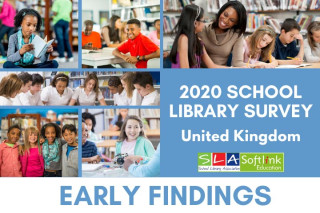
Thank you to everyone who participated in the 2020 School Library Survey - UK.
The 2020 School Library Survey, conducted by Softlink on behalf of the SLA, was launched on 24th November 2020 and closed on 20th December 2020. The survey asked a range of questions about school library spaces, staffing, resourcing, the impact of COVID-19, and other important issues that arose in 2020.
We had a fantastic response, with valuable feedback shared by school library staff across the UK.
The full report, with breakdowns of responses by school type, size, and education provider will be available in April.
While we continue to work through the responses to produce this report, we thought we’d share some early findings.
This early findings report provides an overview of participant types; school library spaces, seating, opening hours and the effect of COVID; school library collections; staffing; and budgets.
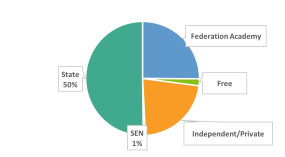
Invitations to participate in the survey were extended to all schools in the United Kingdom via email, social media, and the SLA and Softlink Education websites.
As can be seen in the graphs, overall, 25% of respondents were from Federation Academy schools, 2% Free Schools, 29% Independent/Private schools, 1% SEN schools, and 50% were from State schools.
The breakdown of participants by level of education and school size can be seen below.
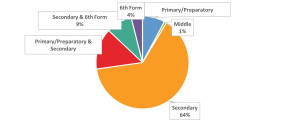
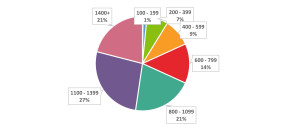
Participants were asked questions relating to the physical library space and how they operate.
When asked what the designated school library area looked like, the majority of respondents (86%) reported that they have a designated library in a separate room/classroom/floor/building. Further details can be seen in the chart below.
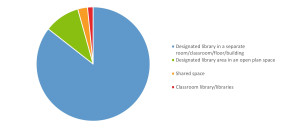
When asked how many students their library could seat, the top 3 reported size ranges were 30 - 49, 50 – 69, and 70 – 99. Further details can be seen in the chart below.
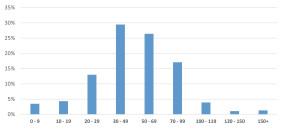
When asked when the school library was open, 68% of schools reported being open before school, 73% after school, and 89% during break/free times.
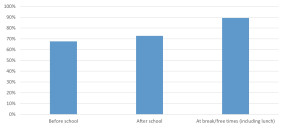
When asked about how their library is operating during COVID-19, 60% of respondents reported that they are open to a bubble or limited group. Many schools reporting that they were open to a bubble or group explained that they had a rota to allow different groups into the library at different times.
Further breakdown of responses can be seen in the chart below.
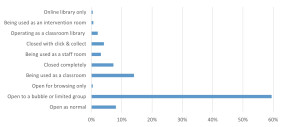
When looking at school libraries during COVID-19 by level of education, the following percentage of respondents reported that the library was open as normal:
The following percentage of respondents reported that the library was closed completely:
Participants were asked questions about their school library collections. The approximate number of physical resources has been provided in the chart below.

When asked if they provided access to eBooks, 62% of respondents said “no”.
The main reason given for not providing eBooks was a lack of budget (60%). 16% of respondents said they had no interest from senior leaders, 24% no interest from students, and 19% said they had a lack of clarity about how eBooks work.
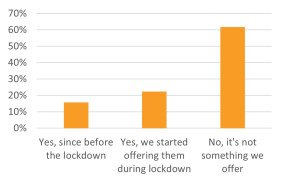
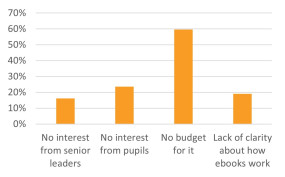
Other reasons provided included:
Other eResources provided is shown in the graph below.
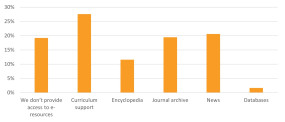
Participants were asked whether they had designated library staff. 98% said “yes” while 2% said “no”.
Participants were also asked about the role/s the main member of library staff performed. The majority of respondents perform multiple roles within the school. The roles performed by library staff can be seen in the chart below.
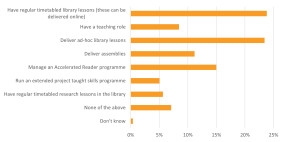
When participants were asked about the impact COVID-19 had on staffing, 82% of respondents reported that it has had no impact.
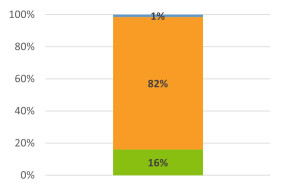
Participants were asked about their budgets and asked to compare them with the 2019 budget.
89% of respondents reported that they had a dedicated library budget.
When comparing budgets from 2019 to 2020, respondents reported similar figures for the 2 years. The largest number of respondents reported budgets in the £2001 - £5,000 (30%), £1,001 - £2,000 (16%), and £5,001 - £10,000 (15%) ranges.
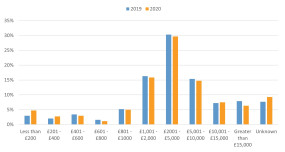
Further analysis found that 15% of respondents reported a budget decrease, 79% reported that their budget had not changed, and 6% reported an increase.
When asked if they thought their library was adequately resourced including staffing and budget 54% of respondents said “no”.
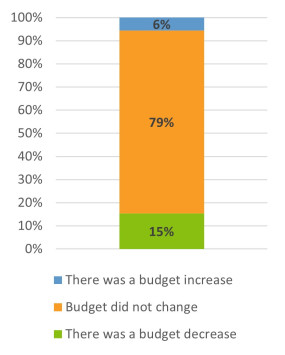
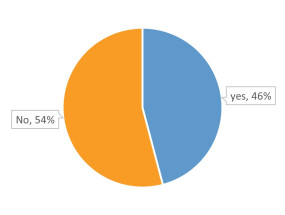
Thank you to everyone that took the time to respond to the 2020 School Library Survey.
Your willingness to participate and share information about your school library means that we can continue to provide this valuable, annual analysis of school libraries.
The survey results provide a critical reference point for changes, impacts, and trends across school libraries in the United Kingdom.
Download our feature, based on comments in the survey - School library leaders, advocates, and influencers

The SLA is a UK focused charity which supports everyone involved in school libraries.
We believe that every pupil is entitled to effective school library provision and the educational, emotional, and developmental benefits that come with it.
The SLA is committed to supporting, promoting, and sustaining high quality reading and teaching and learning opportunities for all in a diverse and changing world.
With around 2300 members, we provide training and access to resources to support the running of school libraries and the continuing development of all library staff.
To find out more visit our website sla.org.uk, follow us on Twitter @uksla or contact us via email info@sla.org.uk

Softlink has been providing school library software for over 30 years, offering solutions to meet the ongoing needs of schools globally.
Users of Oliver v5 benefit from regular new feature updates, which are developed in direct response to feedback and insights gained from our active user community.
LearnPath users can create, publish, and share rich learning guides and content. They also have access to over 300 ready-made guides produced by teacher librarians.
To find out more about how Softlink and Oliver v5 can support your school library visit our website softlinkint.com/edu, follow us on Twitter @SoftlinkEdu or contact us via email communications@softlinkint.com